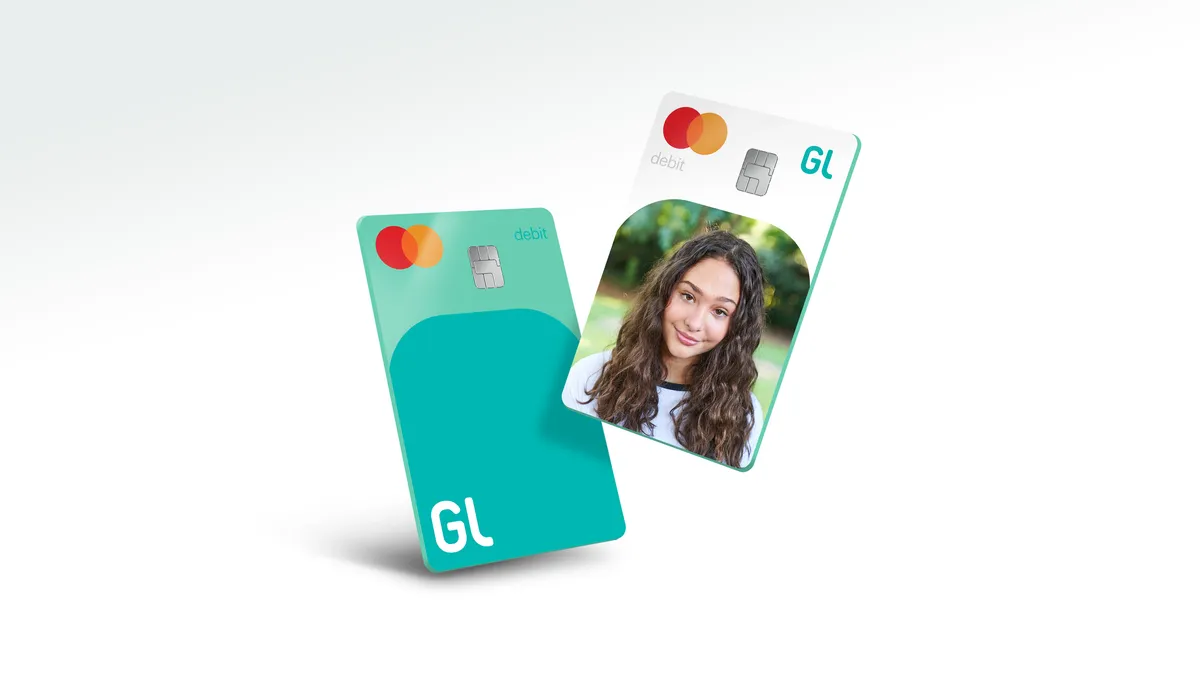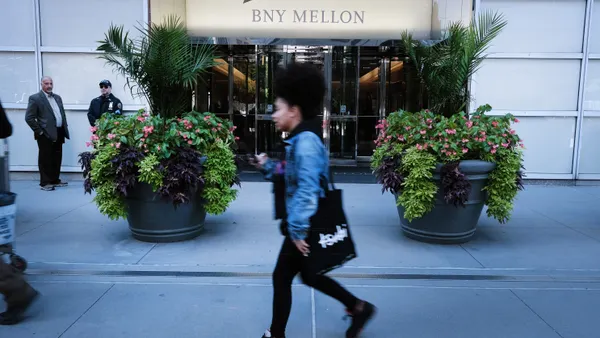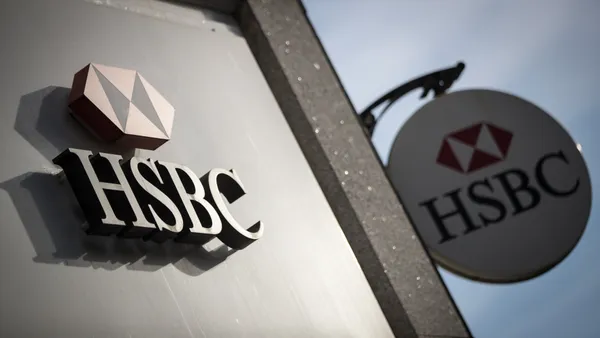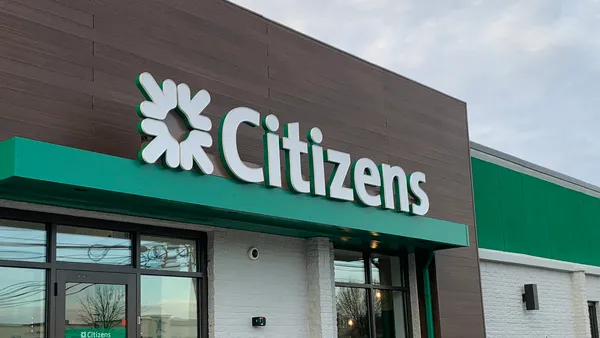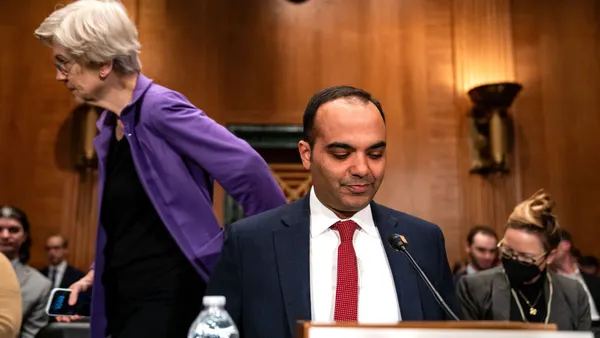Atlanta-based Greenlight is making its kid-focused banking services available to traditional financial institutions, the fintech announced on Wednesday.
The new partnership program, called Greenlight for Banks, allows banks and credit unions to offer the fintech’s suite of banking and education products to their customers through a co-branded landing page and app.
Over half a dozen firms, including Morgan Stanley, WaFd Bank and Community Financial Credit Union have partnered with Greenlight to offer the fintech’s services to their customers, said Matt Wolf, Greenlight’s senior vice president of business development.
Greenlight is actively involved in discussions with over 100 financial institutions, he added.
“In those conversations with financial institutions, we found that many don't have the expertise or resources to create a compelling digital banking experience for the next generation,” Wolf said. “We've designed something that really helps financial institutions, seamlessly integrate family banking into their own ecosystems.”
Greenlight, which was co-founded by Tim Sheehan and Johnson Cook, launched a debit card for kids in 2017.
The fintech has since expanded its offerings to include savings and investing for children, while allowing parents to automate allowances and supervise their dependents’ money management.
In January, Greenlight launched a financial literacy game called Level Up, which banks and credit unions will also be able to make available to their own customers through Greenlight for Banks.
Lenders who partner with Greenlight have the option to hold the deposits gathered by the fintech, or allow them to be held by Greenlight’s partner bank, Community Federal Savings Bank, which issues the Greenlight debit card.
While banks are eager to launch products that reach the next generation of customers, bank accounts geared toward children typically don’t have high balances, meaning, they won’t be large deposit generators for banks, Wolf said.
“A couple transactions a month is probably not going to really rise to the top of their technology roadmap and prioritization,” Wolf said.
But offering services targeted toward kids and their parents allows a bank or credit union to create deep and potentially long-lasting relationships, Wolf added.
“As it pertains to the child, they're getting exposed to the financial institution’s brand very early on. And for the parent, they're recognizing that this is a great service they're getting for free because they have that banking relationship with their credit union or bank,” he said.
The service is free for customers, Wolf said. Institutions that partner with Greenlight pay the fintech a monthly fee, based on the size of the firm, he added.
“Neobanks are coming after Gen Z really aggressively. This gives banks and credit unions of all sizes the ability to have relationships with that next generation before they start getting bombarded by neobanks and others that have a young adult banking relationship,” he said.
Greenlight’s effort to offer its youth and family tailored services to traditional firms follows a tie-up it launched with JPMorgan Chase in 2020.
The New York-based bank partnered with the fintech in October 2020 to offer an account designed for kids called Chase First Banking.
The account reached 1 million users by April 2022, the bank said during its May investor day last year.
Amid Greenlight’s new business-to-business focus, it still plans to grow its direct-to-consumer model, where users pay the fintech a monthly subscription to use its services directly.
But the fintech recognizes the reach traditional banks have to offer, Wolf said.
“We think that can really help us reach the most families,” said Wolf, on partnering with traditional institutions. “It's too big an opportunity to ignore.”
Greenlight, which is not yet profitable, has raised over $556 million in funding, according to Crunchbase. The fintech’s most recent investors include venture capital firms Andreessen Horowitz and Canapi Ventures.
The fintech said Greenlight for Banks is expected aid its efforts to reach profitability.
“Our multiple paths to market, across our direct-to-consumer and partner programs, represent a distinct advantage and allow us to meet the evolving needs of our families where they are through a combination of new products and diverse distribution channels,” Greenlight said in a statement.



